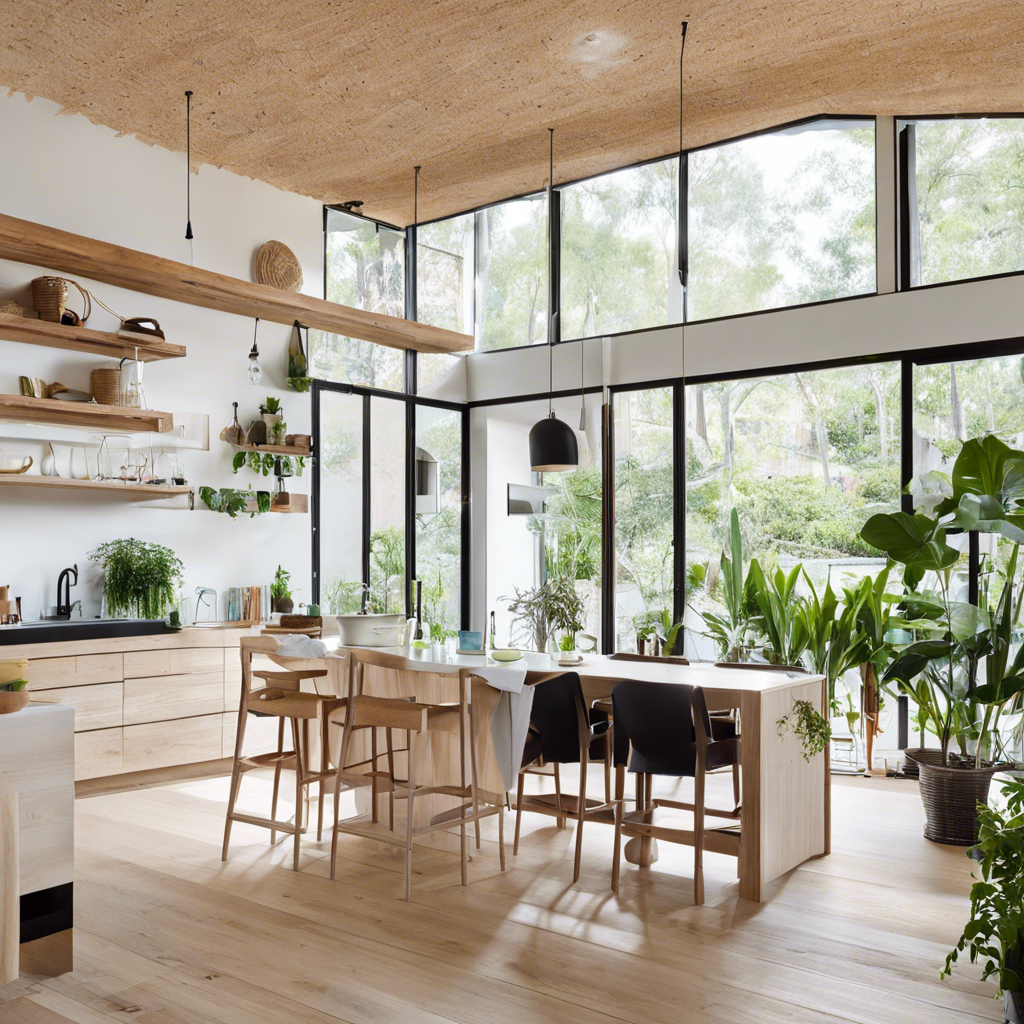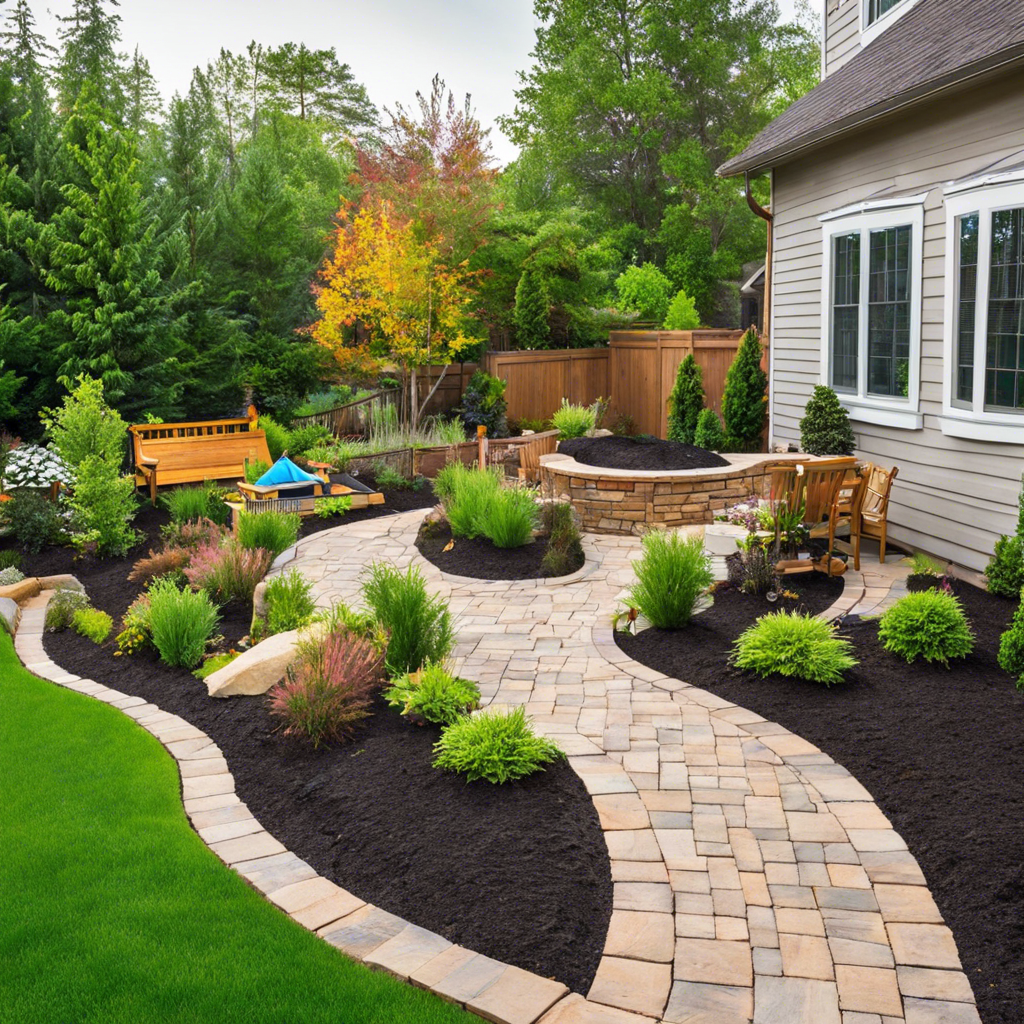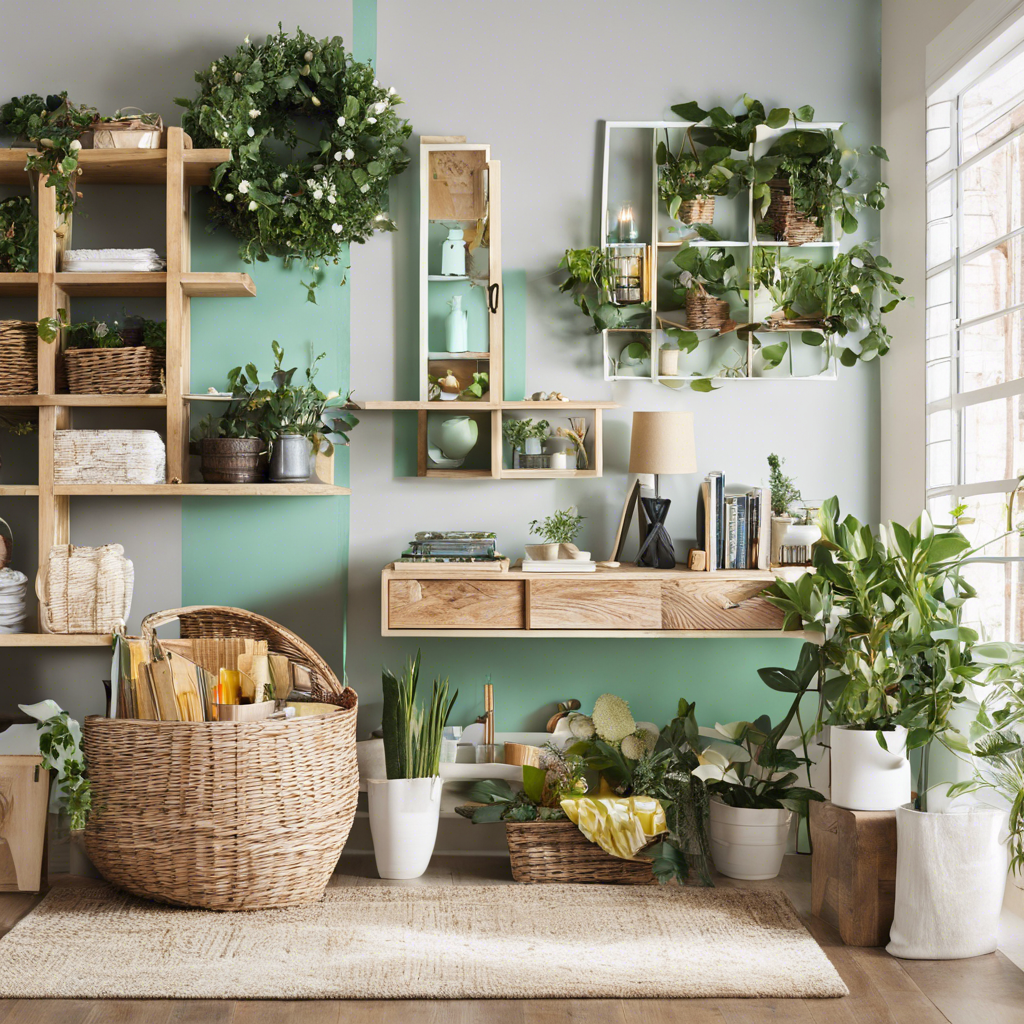As consumers become increasingly conscious of their environmental impact, many are seeking ways to reduce their carbon footprint and embrace a more sustainable lifestyle. This trend has led to a growing interest in eco-friendly home renovations that not only reduce energy consumption and waste but also create a healthier and more comfortable living environment.
One popular trend in eco-friendly renovations is the use of sustainable and natural materials. Homeowners are opting for renewable resources such as bamboo and cork, which offer a stylish and eco-conscious alternative to traditional materials. Bamboo, known for its strength and durability, can be used for flooring, cabinetry, and even decorative accents. Cork, which is harvested from tree bark without damaging the tree, provides excellent insulation and sound absorption, making it ideal for flooring and wall coverings.
Energy efficiency is also a key focus for eco-friendly renovations. Upgrading to energy-efficient appliances and lighting is a popular choice, as these features can significantly reduce a home’s energy consumption and lower utility bills. Modern appliances, such as refrigerators, washing machines, and dishwashers, are designed to use less water and electricity, while LED lighting uses a fraction of the energy consumed by traditional incandescent bulbs.
Improving a home’s insulation is another effective way to reduce energy usage. Proper insulation helps regulate indoor temperatures, reducing the need for excessive heating or cooling. Homeowners can also consider installing double or triple-glazed windows, which provide an extra layer of insulation and help prevent heat loss through the windows.
Eco-friendly renovations often involve the implementation of water-saving features. Low-flow showerheads, faucets, and toilets reduce water consumption without sacrificing performance. Greywater systems, which recycle water from sinks, showers, and washing machines for irrigation or toilet flushing, are also growing in popularity. These systems not only conserve water but also reduce the demand on municipal water treatment facilities.
Another trend in sustainable living is the creation of healthy indoor environments. Homeowners are increasingly opting for natural and non-toxic materials to improve indoor air quality and reduce exposure to harmful chemicals. This includes choosing low-VOC (volatile organic compound) paints, which have lower levels of chemical compounds that can contribute to air pollution and respiratory issues.
In addition to low-VOC paints, natural and sustainable finishes are also gaining popularity. These finishes, derived from natural sources such as plant oils and waxes, provide a safer and more eco-friendly alternative to traditional chemical-based products. Natural finishes are particularly popular for items like wooden furniture and flooring, as they enhance the beauty of the wood while being safe for both the user and the environment.
Integrating smart home technology is another way to enhance the sustainability of a renovation project. Smart thermostats, for example, can optimize heating and cooling by learning a homeowner’s preferences and adjusting temperatures automatically. Motion sensor-activated lighting can also reduce energy waste, ensuring lights are only on when a room is occupied.




